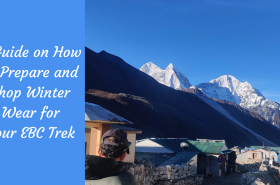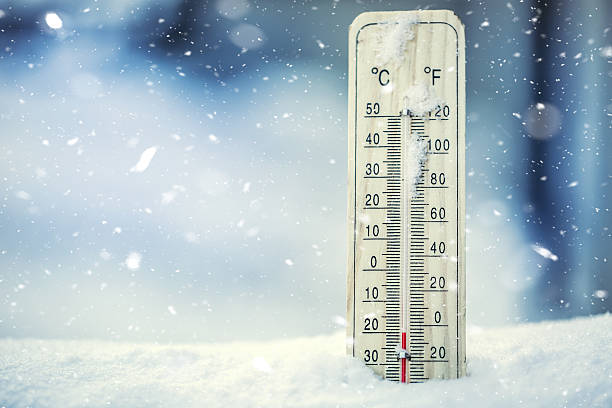
Table of Contents
What to wear in 0-degree celsius weather?
0°C weather can be bone-chilling, but it doesn’t mean you have to sacrifice your style. With a few key pieces, you can stay warm and look good at the same time.
In this guide, we’ll share our top tips for wearing in 0 degree Celsius weather. We’ll cover everything from the right fabrics to choose to the essential pieces to include in your wardrobe.
Whether you’re planning a winter getaway or just need to get through a cold day at work, read on for all the information you need to dress for 0°C weather with confidence.

Photo by Joy Real on Unsplash
Importance of staying warm
Staying warm is essential for our health and well-being, but it also has an impact on the environment.
When we’re cold, our bodies have to work harder to stay warm, which can lead to fatigue, headaches, and other problems. In extreme cases, cold weather can even be life-threatening.
On the other hand, heating our homes and businesses accounts for a significant portion of our energy consumption.
In the United States, for example, heating accounts for about 40% of residential energy use. Much of this energy comes from fossil fuels, which contribute to climate change.
So how can we stay warm without harming the environment? Before we talk about that it’s essential to understand how the weather works.
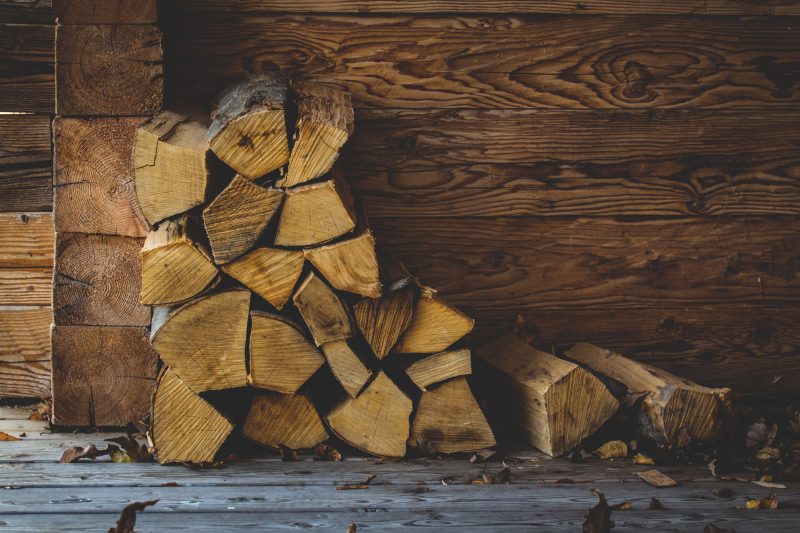
Image taken from Pexels
Understanding 0 Degree Celsius Weather
0°C (32°F) is the freezing point of water. When the temperature drops to 0°C, water vapor in the air condenses and forms ice. This can lead to a variety of weather conditions, including:
*Frost: Frost is a thin layer of ice that forms on surfaces when the temperature is below freezing.
*Freezing rain: Freezing rain is rain that falls in liquid form but freezes as it hits the ground. This can create a slippery and hazardous surface.
*Sleet: Sleet is a mixture of rain and ice pellets. It can also create a slippery and hazardous surface.
*Snow: Snow is frozen water crystals that fall from the sky. It can accumulate to form snowdrifts and make travel difficult.
The specific weather conditions that occur at 0°C will vary depending on the location and the prevailing weather patterns. For example, in areas with cold winters, 0°C weather is likely to be accompanied by snow and ice. In areas with milder winters, 0°C weather may be accompanied by frost or freezing rain.
In terms of climate, 0°C weather is considered to be cold. However, it is not the coldest possible weather. The coldest possible temperature on Earth is -89.2°C (-128.6°F), which was recorded in Antarctica.
Exploring the potential dangers and difficulties of being exposed to cold weather.
0°C weather can also have a significant impact on the environment. For example, it can damage crops and infrastructure. It can also make it difficult for people to get around and conduct their daily activities.
0°C (32°F) weather can be dangerous, especially if you’re not dressed properly.
In addition to the cold weather conditions mentioned above, 0°C weather can also lead to chapped lips due to dryness and even more serious issues like frostbite, where skin freezes, and hypothermia, when body temperature drops dangerously low.
This is why it is important to know what to wear in 0°C weather to stay safe and warm.
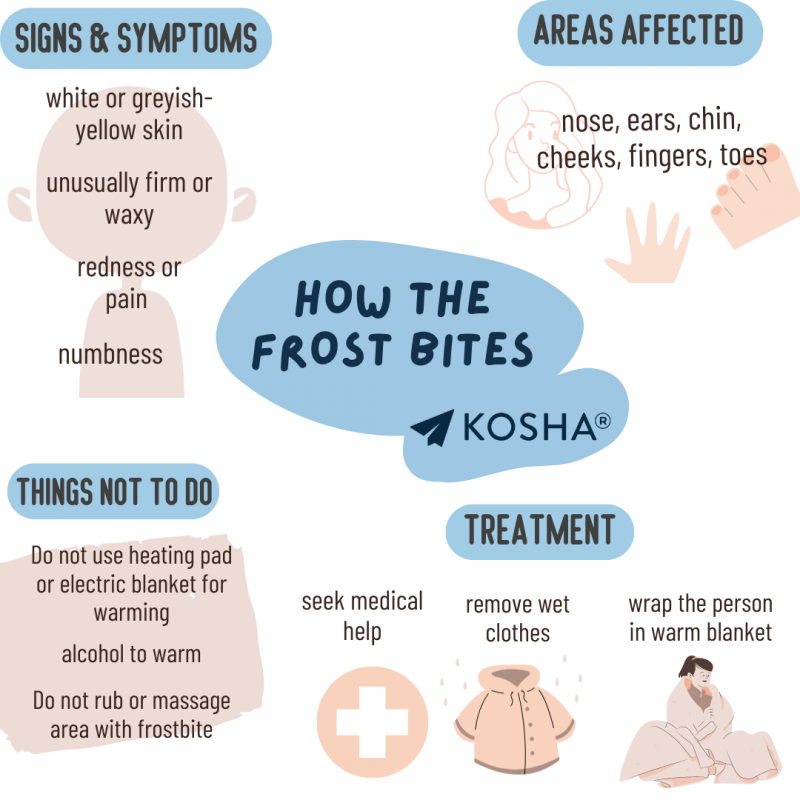
The Layering Method: The Key to Staying Warm in 0°C Weather
When it comes to knowing what to wear in 0 degree celsius, mastering the art of layering is a must. By strategically layering your clothing, you create a barrier that traps heat, keeping you snug despite the chill.
These layers also work together to wick away moisture, preventing that uncomfortable cold and damp feeling. Stay warm, stay comfortable – all through the power of layers!
Smart Strategies for Layering Sustainable Technical Clothing in Cold Weather.
Follow these pointers to effectively layer eco-friendly technical clothing during cold spells:
*Begin with a Base Layer: Choose a moisture-wicking fabric like merino wool or synthetic fleece. This initial layer keeps you both dry and warm.
*Introduce a Mid-layer: Opt for a dense, insulating material such as fleece or down. This intermediary layer captures warmth, providing even greater comfort.
*Top it Off with an Outer Layer: Utilize an outer garment made from water-resistant fabric, like a raincoat or snow jacket. This shielding layer ensures you’re safeguarded against the elements while staying dry.
Check out Kosha’s winter wear collection here!
Base Layer Essentials
The base layer is the innermost layer of clothing you wear. It is designed to wick away moisture from your skin and keep you dry. This is important in cold weather, as wet clothing can make you feel cold and clammy.
Selecting the ideal base layer for what to wear in 0 degrees Celsius is crucial. Opt for fabrics like moisture-wicking synthetics or cozy Merino wool, ensuring both breathability and moisture control.
Merino wool is a natural fiber that is soft, breathable, and moisture-wicking. It is also naturally odor-resistant, so you can wear it for days without feeling dirty.
Synthetic fleece is a synthetic fiber that is warm, lightweight, and moisture-wicking. It is also machine-washable, making it easy to care for.
The base layer should fit snugly but not too tightly. It should not restrict your movement, but it should also not bunch up or create wrinkles.
Materials like merino wool and moisture-wicking synthetics for eco-friendly options.
Both merino wool and moisture-wicking synthetics are good options for eco-friendly base layers. Merino wool is a natural fiber that is biodegradable and recyclable. Moisture-wicking synthetics are often made from recycled materials.
Merino wool is a better choice for people who are prone to allergies or have sensitive skin. It is also a better choice for people who will be sweating a lot, as it is more moisture-wicking than synthetics.
Moisture-wicking synthetics are a better choice for people who are on a budget. They are also a better choice for people who will be doing activities that require a lot of movement, as they are more durable than merino wool.
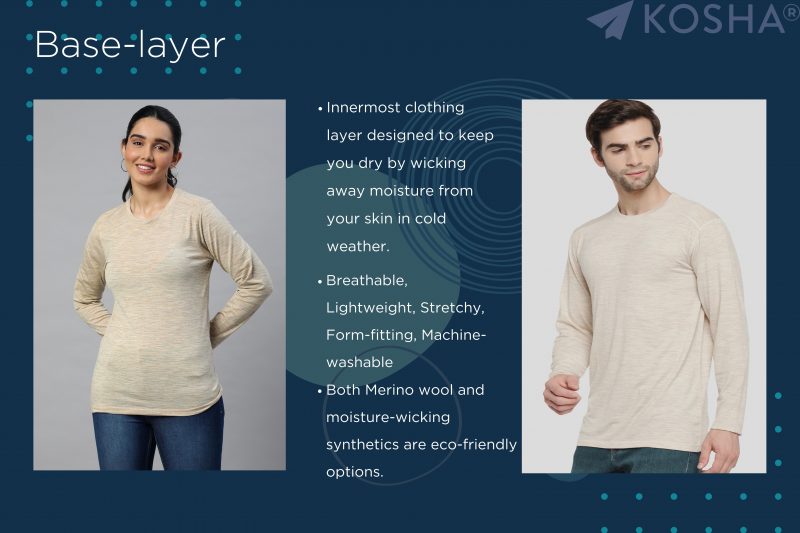
Kosha’s base layer thermals for both men and women
Mid layer essentials
Selecting the perfect insulating layer is pivotal in maintaining warmth, strategically positioned between your base and outer layers. When it comes to what to wear in 0-degree Celsius, finding the ideal mid-layer entails a balance of heat retention, weight, and breathability.
Some popular mid-layer options include:
*Sweaters: Sweaters are a classic mid-layer option that is made from a variety of materials, including wool, fleece, and cotton. They are typically soft and comfortable to wear, and they can be dressed up or down depending on the occasion.
*Hoodies: Hoodies are another popular mid-layer option that are typically made from fleece. They are often equipped with a hood, which can be useful for keeping your head warm. However, the hood can also catch snow, so it is important to choose a hoodie that is made from a water-resistant material.
*Flannel button-up shirts: Flannel button-up shirts are a good option for a mid-layer if you are looking for something that is both warm and stylish. They are typically made from a soft, breathable fabric that will keep you comfortable even when you are active.
*Polar fleece: Polar fleece is a synthetic material that is known for its warmth and comfort. It is often used to make mid-layer garments, such as jackets and vests. Polar fleece is also relatively inexpensive, making it a good option for budget-minded shoppers.
Read More: What To Wear In Alaska, A Guide To Staying Warm And Comfortable
Comparing synthetic and down insulation for warmth and sustainability
Synthetic insulation and down are both good options for insulating layers. However, there are some key differences between the two materials.
Warmth: Down is generally warmer than synthetic insulation. This is because down traps more air, which is a good insulator.
Weight: Down is also lighter than synthetic insulation. This is because down is a more compressible material.
Durability: Synthetic insulation is more durable than down. This is because synthetic insulation is not as susceptible to moisture damage.
Cost: Down is more expensive than synthetic insulation.
Sustainability: Down is a natural fiber, while synthetic insulation is made from petroleum products. Down is generally considered to be a more sustainable option.
Selecting the ideal option hinges on your unique preferences and requirements. When aiming for maximum warmth, opt for down. If durability tops your list, then synthetic insulation steps up. Worried about the environment? In that case, down emerges as the greener alternative. Deciding what to wear in 0-degree celsius weather becomes easier when you align your choice with your priorities.
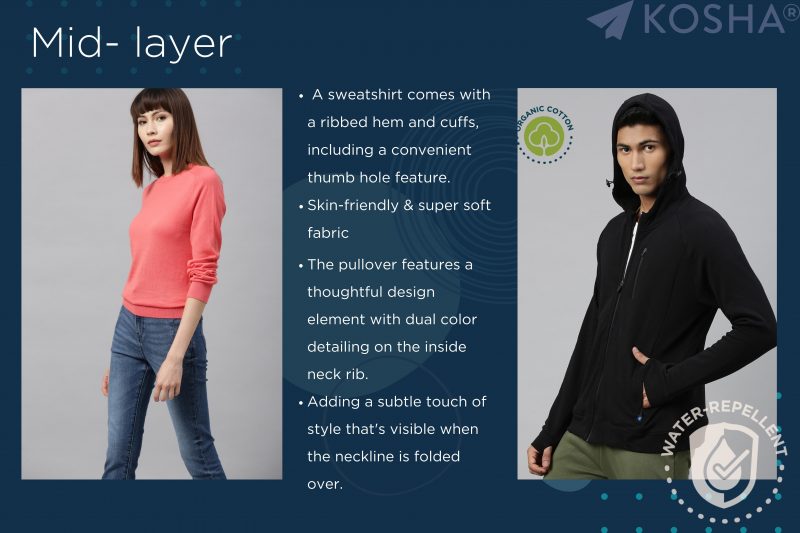
Kosha’s mid-layer options for both men and women
Outer/shell layer essentials
Selecting a durable and weather-resistant outer shell to shield against wind and moisture
The outer shell is the outermost layer of clothing you wear. It is designed to protect you from the elements, such as wind, rain, and snow.
When choosing an outer shell for what to wear in 0-degree Celsius weather, it is important to choose a fabric that is waterproof and windproof. Some good options include Gore-Tex, eVent, and Polartec NeoShell. These fabrics are all breathable, so they will not make you sweat, and they will also keep you dry in wet weather.
The outer shell should also be durable and resistant to tears and abrasion. It should be a good fit, but not too tight, so you can move freely.
Highlighting eco-friendly materials and waterproofing techniques
There are a number of eco-friendly materials that can be used for outer shells, such as recycled polyester and organic cotton. There are also a number of eco-friendly waterproofing techniques, such as DWR (durable water repellent) treatments and PFC-free waterproofing.
DWR treatments are applied to the fabric to make it water-resistant. PFC-free waterproofing is a newer technology that uses water-based chemicals instead of harmful perfluorinated compounds (PFCs).
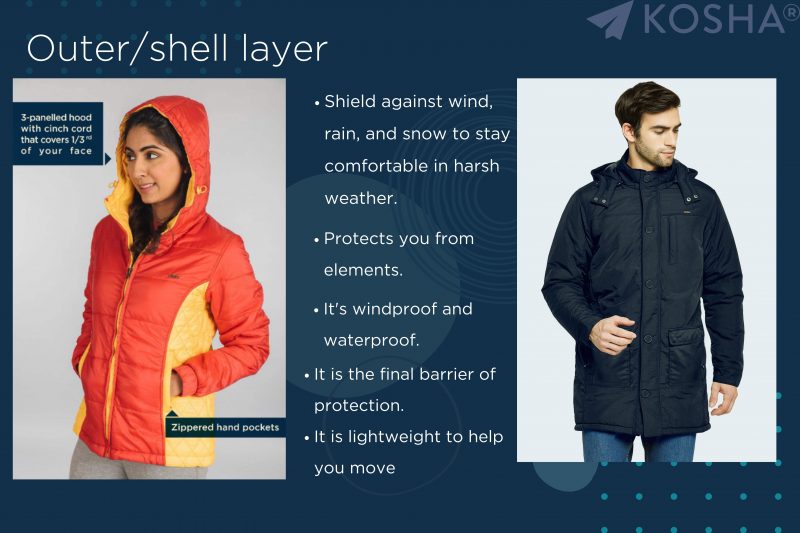
Kosha’s shell layer options for both men and women
Head to Toe coverage
Headgear options: Beanies, caps, balaclavas, and sustainable choices.
Your head loses heat quickly, so it is crucial to protect it from the cold. A hat or beanie is essential for keeping your head warm. A balaclava is a good option if you want to cover your face and neck as well.
When choosing a hat or beanie, look for one that is made from a warm, breathable fabric, such as merino wool or fleece. Avoid hats made from cotton, as they will absorb moisture and make you feel cold.

Keeping your hands warm with insulated gloves or mittens.
Your hands are also prone to losing heat, so it is important to keep them warm. Gloves or mittens are essential for keeping your hands warm in cold weather.
When choosing gloves or mittens, look for ones that are made from a piece of warm, insulated fabric, such as fleece or down. Avoid gloves or mittens made from cotton, as they will absorb moisture and make you feel cold.
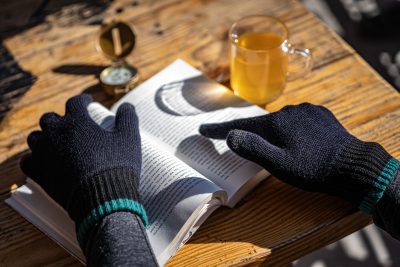
Insulated pants and socks for lower body warmth.
Your lower body is also prone to losing heat, so it is important to keep it warm. Insulated pants and socks are essential for keeping your lower body warm in cold weather.
When choosing insulated pants and socks for what to wear in 0-degree celsuis, look for ones that are made from warm, breathable fabric, such as fleece or merino wool. Avoid pants and socks made from cotton, as they will absorb moisture and make you feel cold.
Personal needs and preferences should be taken into account when choosing headgear, gloves, and socks. If you are unsure what type of headgear, gloves, or socks are right for you, ask a salesperson for help.
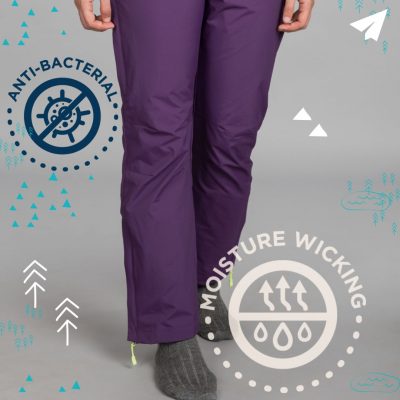
Footwear Considerations
Choosing insulated and waterproof boots for maximum comfort.
Your feet are one of the most important parts of your body to keep warm in cold weather. When your feet are cold, it can make your entire body feel cold.
That’s why it’s important to choose insulated and waterproof boots when you’re going to be in 0°C weather. Insulated boots will help to keep your feet warm, and waterproof boots will help to keep your feet dry.
When choosing insulated boots, look for boots that are made with a thick layer of insulation, such as wool or down. You should also look for boots that have a waterproof membrane, such as Gore-Tex.
Here are some additional tips for keeping your feet warm and dry in 0°C weather:
- Wear thick socks.
- Wear a pair of liner socks underneath your regular socks.
- Apply petroleum jelly to your feet before putting on your boots.
- Change your socks regularly.
- Dry your boots completely after each use.
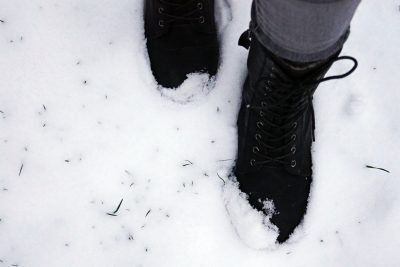
Photo by Marta Branco
Accessorizing for 0°C weather
In addition to layering your clothing, you can also add accessories to help you stay warm in 0°C weather. Scarves, neck warmers, shawls, and gaiters can all help to trap heat and keep your neck and face warm.
Scarves are a classic accessory for staying warm in cold weather. They can be made from a variety of materials, including wool, fleece, and cashmere. Wool scarves are a good choice for cold weather, as they are warm and moisture-wicking. Fleece scarves are also a good choice, as they are warm and comfortable. Cashmere scarves are a luxurious option, but they are also more expensive.
Neck warmers are a more compact option than scarves. They are typically made from a stretchy material, such as fleece or spandex. Neck warmers can be worn around your neck or over your face to protect you from the cold.
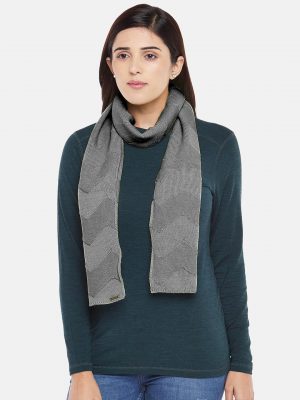
Gaiters are a type of scarf that covers your neck and face. They are typically made from a windproof and water-resistant material, such as fleece or nylon. Gaiters can be a good choice for people who are going to be spending a lot of time outdoors in cold weather.
Shawls are a large, lightweight piece of fabric that can be worn around the neck, shoulders, or waist to keep warm. They can be made from a variety of materials, including wool, cashmere, and silk.
Shawls are a good choice for 0°C weather because they can be easily added or removed to adjust your level of warmth. They can also be used to cover your head or face if it is windy or snowing.
Sustainability in cold-weather apparel
The fashion industry is one of the most polluting industries in the world. Producing clothing requires a lot of energy, water, and resources. It also produces a lot of waste.
When it comes to cold-weather apparel, the problem is even worse. Many of the materials used in winter clothing, such as down and fur, are harmful to animals and the environment.
However, there are a number of sustainable options available for cold-weather apparel. These options use eco-friendly materials, manufacturing processes, and product lifespans.
We at Kosha are committed to making high-quality, stylish clothing that is also good for the planet. We use a variety of sustainable materials in our clothing, including organic cotton, recycled polyester, and Tencel.
We also use ethical manufacturing practices and minimize our environmental impact.
Here are some of the ways that we are committed to sustainability:
*We use organic cotton: Organic cotton is grown without the use of harmful pesticides and fertilizers. This helps to protect the environment and the health of farmers.
*We use recycled polyester: Recycled polyester is made from plastic bottles and other waste materials. This helps to reduce pollution and conserve resources.
*We use Tencel: Tencel is a natural fiber that is made from wood pulp. It is biodegradable and renewable.
*We use ethical manufacturing practices: We work with factories that pay fair wages and provide good working conditions to our employees.
*We minimize our environmental impact: We minimize our environmental impact by offsetting our carbon emissions and using sustainable packaging.
By choosing to wear Kosha Travel Wear, you can help to support a more sustainable fashion industry. You can also stay warm and stylish in 0°C weather without harming the planet.
View this post on Instagram
Practical Tips for Staying Warm
Dressing suitably is just one part of staying cozy in 0°C weather. Here are a few more tips to help you beat the chill:
Stay Active: Physical activity generates body heat, so keep moving. Even light exercises every 30 minutes if you’re sitting or standing for a while can help.
Remain Dry: Wet clothes draw heat away, so stay dry. Change into dry attire if you get wet.
Head and Neck Cover: Don’t forget your head and neck – they’re prime areas for heat loss. Put on a hat, scarf, and gloves.
Stay Hydrated: Hydration aids temperature regulation. Drink ample water, juice, or warm tea.
Eat Well: A nourishing diet provides your body the fuel it needs to stay warm. Prioritize fruits, vegetables, and whole grains.
Role of Hydration and Nutrition in Maintaining Warmth
Staying hydrated is vital for temperature control. Dehydration makes your body work harder to manage its temperature, raising the risk of hypothermia. Drink fluids, particularly when working out or in cold conditions.
Nutrition also contributes to maintaining body warmth. Calorie and fat-rich foods require more energy to digest and metabolize, producing heat. For extended exposure to cold weather, focus on consuming foods abundant in calories to help keep you warm.
FAQ’s
What should I wear for 0-degree weather?
Layering is key to staying warm in cold weather. Wear a base layer of moisture-wicking material, such as wool or fleece, to trap heat next to your skin. Then, add a layer of insulation, such as a sweater or down jacket. Finally, top it off with a windproof and waterproof outer layer.
How many layers of clothes for 0-degree weather?
3 layers are ideal for 0°C weather. The first layer should be a base layer that wicks away moisture from your skin. The second layer should be a mid-layer that insulates you. The third layer should be a shell layer that protects you from wind and rain.
How long can you be in 0-degree weather?
Frostbite can occur in as little as 10 minutes in 0-degree weather, so it is important to dress warmly and take breaks indoors whenever possible.
However, The length of time you can stay in 0-degree weather depends on a variety of factors, including your clothing, activity level, and health.
Is 0 degrees too cold?
Zero degrees Celsius (32 degrees Fahrenheit) is considered cold for most people. However, the definition of “too cold” can vary depending on a person’s individual tolerance for cold weather, as well as the activities they are planning to do.
For example, someone who is used to living in a cold climate may not find 0 degrees to be too cold, as long as they are dressed appropriately. However, someone who is not used to cold weather may find 0 degrees to be uncomfortably cold, even if they are wearing warm clothing.
The activities that a person is planning to do can also affect how cold they feel. For example, someone who is going to be walking or hiking in cold weather will need to dress more warmly than someone who is going to be staying indoors.
Conclusion
So, there you have it! By following these tips, you can stay warm and comfortable in 0°C weather without sacrificing your style. And if you’re looking for sustainable technical apparel that meets all of these criteria, Kosha is a great option.
Kosha uses a variety of eco-friendly materials, such as organic cotton, recycled polyester, and Tencel, and adheres to ethical manufacturing practices. This means that you can feel good about staying warm and stylish, knowing that you’re also making a difference for the planet.
So next time you’re braving the cold, remember these tips and stay warm, comfortable, and fashionable all season long.
For any queries related to wearing thermals, base layers, or winter wear in general, visit Kosha’s store and get a free consultation! While you’re at it, check out Kosha’s website for the wide range of thermals and jackets available at Kosha.
This blog article is written by Kosha Team Member – Kauravki Bansode


